Beneath This Guise Of Mortal Life Is Immortality!
The Heart, With Deathless Longings Rife, Enshrines The Deity!
Yet, Osman, In Love’s Cruelty There Lurks A Strange Delight:
It Breaths Of Love’s Fidelity Disguised In Beauty’s Might!

The Nizams – a family of great rulers, visionaries, and patrons of arts, architecture, and science
The princely state of Hyderabad was ruled by the Asaf Jahi dynasty, who trace their lineage to Central Asia. Their seat of power was shifted to Chowmahalla Palace in the mid-18th century. The dynasty was in power from 31st july,1724 – 17th sept, 1948. When the state of Hyderabad (once the largest in India) was merged into the Indian Union, it was later divided along linguistic lines into Andhra Pradesh (now split into AP & Telangana), Maharashtra, Karnataka and Tamil Nadu.
Being the multi-disciplinary visionaries the Nizams were; over the last 250 years and counting, they built forts, palaces, lakes, hospitals, and educational institutions of all levels. Thus, Hyderabad was always the foremost city of its time.
Nizams Of Hyderabad
- HH Nizam Ul Mulk Asaf Jah I
- HH Nizam Ali Khan, Asaf Jah II
- HH Sikander Jah, Asaf Jah III
- HH Nasir-ud-Daulah, Asaf Jah IV
- HH Afzal-ud-Daulah, Asaf Jah V
- HH Mahboob Ali Khan, Asaf Jah VI
- HEH Mir Osman Ali Khan, Asaf Jah VII
- HEH Mukarram Jah, Asaf Jah VIII
- Walashan Mir Azmat Ali Khan, Azmet Jah Bahadur ( Born-1960 )
HH Nizam Ul Mulk Asaf Jah I
- Born 20 August 1671 Agra,Mughal India
- Died 1 June 1748 (age 76) Burhanpur
- Reign 31 July 1724 – 1 June 1748 ‘
The star of destiny shines on the forehead of your son,’ proclaimed Emperor Aurangzeb to the proud grand-father, and chose the name Mir Qamaruddin Khan for the future Nizam. Nizam ul Mulk Asaf Jah I laid the foundation of the Hyderabad State, and his vast kingdom eventually extended over the entirety of the Indian peninsula, from the river Tapti in Central India to the frontiers of Karnataka in the South. He remained a loyal ruler with great integrity by always acknowledging the supremacy of the Mughal throne in Delhi. A wise administrator, he fulfilled his creative calling by penning countless poems in Persian and Turkish, under the names ‘Shakir’ and ‘Asif’.
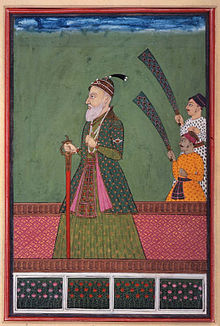
HH Nizam Ali Khan, Asaf Jah II
- Born 7 March 1734 Hyderabad State, Mughal India (now in India)
- Died 6 August 1803 (aged 69) Chowmahalla Palace, Hyderabad, Hyderabad State, Mughal India (now in Telangana, India)
- Reign 8 July 1762 – 6 August 1803
Nawab Mir Nizam Ali Khan Bahadur, the fourth son of Nizam ul Mulk Asaf Jah I, assumed the subedari of the Deccan at 28, and ruled for the next 42 years. He brought about a turning point in the rule of the Asaf Jahi dynasty by shifting the State capital from Aurangabad to Hyderabad, in 1763. He restored the splendour of the city, which was dulled down after the fall of the Qutub Shahi rulers. Granting permission to Captain James Kirkpatrick to a Residency, he helped introduce grand European design elements to the architecture of the city. He was vital in shielding the Nizams from internal and external forces and streamlining the administration.
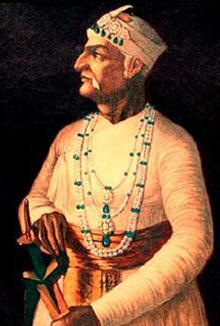
HH Sikander Jah, Asaf Jah III
- Born 11 November 1768 Chowmahalla Palace (Khilwat), Hyderabad, Hyderabad State (now in Telangana, India)
- Died 21 May 1829 (aged 61) Hyderabad, Hyderabad State (now in Telangana, India)
- Reign 6 August 1803— 21 May 1829
Mir Akbar Ali Khan Sikander Jah was born in 1768, in Hyderabad, inheriting a prosperous state in 1803. His succession was ratified by the Mughal Emperor Shah Alam II and his father’s titles were conferred upon him as well. While the third Nizam maintained cordial ties with the British, he successfully recovered the territories between Ajanta and the river Godavari, including the mineral-rich region of Berar. In 1806, Secunderabad was mapped out and named (after Sikander Jah) to station 5000 troops of the British Garrison, later growing to be the largest British cantonment in India. Locals started moving there, thus creating the ‘twin city’ of Secunderabad.
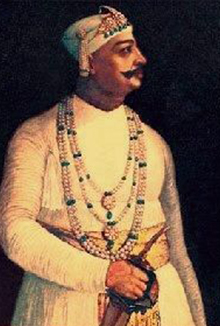
HH Nasir-ud-Daulah, Asaf Jah IV
- Born Mir Farqunda Ali Khan Siddiqi 25 April 1794 Bidar
- Died 16 May 1857 (aged 63)
- Reign 24 May 1829, at Chowmahalla Palace – 16 May 1857
Nawab Mir Farkhunda Ali Khan Bahadur, commonly known as Nasir ud-Daula, inherited a troubled state in 1829. Multiple natural calamities and mounting debts forced him to cede Berar and other border districts to the British. With the guidance of Prime Ministers Siraj ul Mulk and Mir Turab Ali Khan Salar Jung I, the Nizam implemented a modern and just system of revenue administration. He steered the State through a critical time, bringing about civic prosperity with new schools, commercial centres, churches and bridges. In 1856, Hyderabad became the first princely State to ban the practice of Sati.
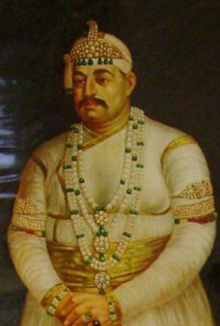
HH Afzal-ud-Daulah, Asaf Jah V
- Born 11 October 1827 Gufran Manzil, Hyderabad State, British India
- Died 26 February 1869 (aged 41) Hyderabad, Hyderabad State, British India
- Reign 16 May 1857 – 26 February 1869
Mir Tahniyat Ali Khan Bahadur, Afzal ud-Daula, was born in Hyderabad in 1827 and inherited the throne in 1857. Despite the turbulence of the time, the fifth Nizam’s rule was a period of steady economic development, when the revenue and judicial systems were re-organized, and the railways, the telegraph and postal systems were introduced. His generosity spread to the holy cities of Mecca and Medina, where the Nizam build houses and travel inns, known as Rubbaths, to provide free accommodation for pilgrims from the Hyderabad Dominion.
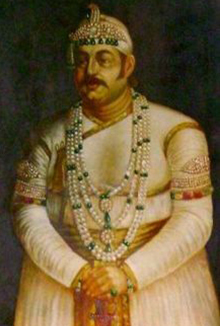
HH Mahboob Ali Khan, Asaf Jah VI
- Born 17 August 1866 Purani Haveli, Hyderabad, Hyderabad State, British Indian Empire (now in Telangana State, India)
- Died 29 August 1911 (aged 45)
Falaknuma Palace, Hyderabad, Hyderabad State, British Indian Empire (now in Telangana State, India) - Reign 26 February 1869 – 29 August 1911
Nawab Mir Mahbub Ali Khan Bahadur was the youngest Asaf Jah ruler when installed on the masnad at the tender age of 2 years and 7 months by his co-regents, Sir Salar Jung I and Shams-ul-Umara III ( Amir- e- Paigah ). He assumed sovereign rights in 1884 at the age of 18, and issued a generous farman to his 10 million subjects – ‘..nothing will afford me greater pleasure than to see my people living in peace and prosperity, engaged in the development of resources of wealth and in the acquisition of knowledge and cultivation of the arts and sciences.” Living up to his name, the sixth Nizam opened up his Palaces as shelters for Hyderabad after the catastrophic floods left a quarter of the city’s population homeless. He ensured the kitchens were working around the clock to feed the afflicted, and contributed generously to the relief fund. Hyderabad prospered greatly during his reign. The Nizam propounded good primary schools and education for women. Medical training and research achieved high standards of excellence, and chloroform was confirmed to be a safe anaesthetic agent at the Afzalgunj Hospital. Railways were developed; and new irrigation works, cotton mills, silk factories, oil and flour mills were established at Hyderabad, Gulbarga and Aurangabad.
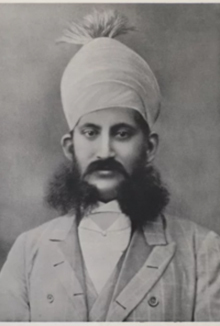
HEH Mir Osman Ali Khan, Asaf Jah VII
- Born 5 April 1886[3] or 6 April 1886
Purani Haveli, Hyderabad, Hyderabad State, British Indian Empire
(now in Telangana, India) - Died 24 February 1967 (age 80) King Kothi Palace, Hyderabad, Andhra Pradesh, India (now in Telangana, India)
- Reign 29 August 1911 – 17 September 1948 Titular: 17 September 1948 – 24 February 1967
Nawab HEH Mir Osman Ali Khan Bahadur was known to be a wise, generous and skilled ruler. Installed at the Chowmahalla Palace itself, HEH Mir Osman Ali Khan gave away incredible wealth in his lifetime, irrespective of superficial demarcations. The list of his beneficiaries included the Aligarh Muslim University, Benaras Hindu University, Shantiniketan, Shivaji Vidyapeeth, the Bhandarkar Institute, Lady Harding Medical College, the Red Cross, the Golden Temple at Amritsar; along with his last 14,000 acres of land to Acharya Vinobha Bhave for the Bhoodan movement. The seventh Nizam declared, “In every way, I will do my best to do good to my people and my state.” The manifest policy of the state was to improve administration, develop natural resources, establish cultural institutions and improve the civilian condition. A true symbol of independence– Hyderabad was the only state in British India that coined its own money, had its postal system, and printed its stamps. The Nizam had his own private army of 50,000 men. The Nizam was to become the most decorated Indian ruler and the highest in the complicated hierarchy established by the British. For his services during World War I, the titles ‘Knight Grand Commander of the Star of India’ and ‘Knight Grand Cross of the British Empire’ were conferred on HEH Mir Osman Ali Khan. King George V elevated the Nizam’s title from His Highness to His Exalted Highness, an exclusive title among the Princes of India. A prolific poet and thinker, his words have been held to heart while creating this website.
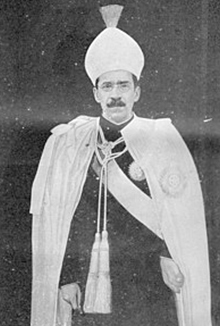
HEH Mukarram Jah, Asaf Jah VIII
- HEH Nawab Mir Barakat Ali Khan Walasha Mukarram Jah Bahadur was born in Nice, France in 1933, and is the last crowned Asaf Jah. Chosen to be the successor by his grandfather Mir Osman Ali Khan, the eighth Nizam received the best possible education while in India; at Madrasah -e- alia, for a year at Jagirdas College (currently known as the Hyderabad Public school), followed by the Doon School, and later was sent to England where he completed his schooling from Harrow. He went to the Cambridge University from where he proceeded to the Royal Military Academy at Sandhurst, England in the 1940s. There, he finished his schooling and joined the Sandhurst Military Academy for training; after which, he started learning road & bridge engineering, and Mechanical engineering in the Royal Territorial Engineering Corps. After coming back to India, he founded the Mukarram Jah Trust for Education and Learning in 1971. Among his contributions are the foundation of The Mukarram Jah School, The Princess Esra Hospital, the complete restoration of the Chowmahalla Palace, colleges, charitable institutions, religious endorsements, and vocational training centers. It was his initiative to create a forest on a hilly terrain in the heart of Hyderabad city – The Chiraan Palace, which is now known as KBR National Park.
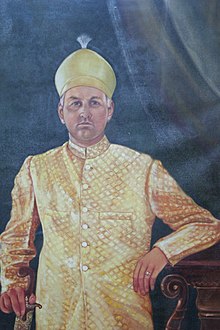
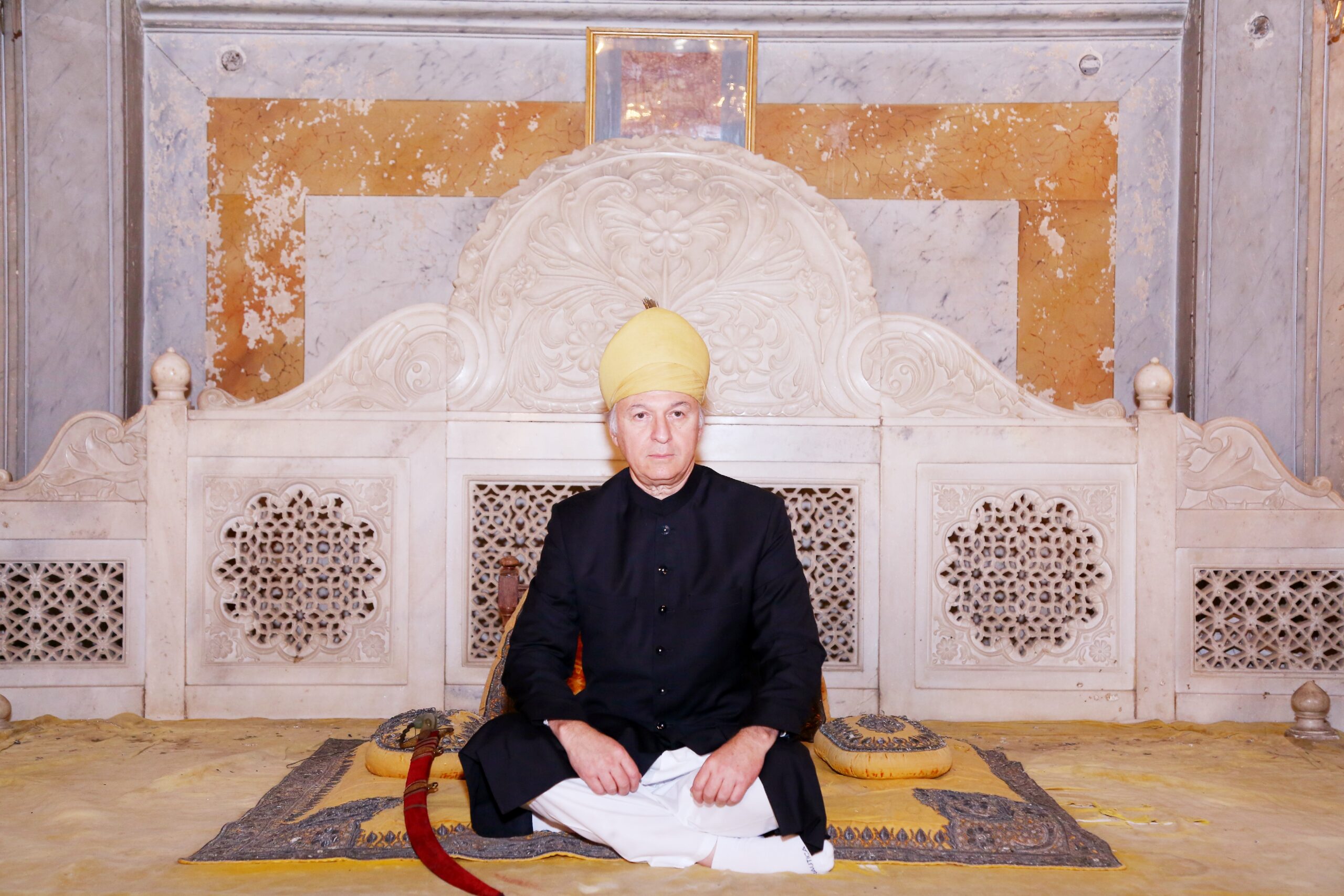
The History
The forebears of the Asaf Jahi Dynasty belonged to the Quraish, an Arab tribe from Samarkhand in the Kingdom of Bukhara, Central Asia. Origins of the dynasty can be traced back to Khalifa Abu Baker Siddiqui, the first Caliph of Islam.
Shaikh Shahabuddin Sahrawardy was a descendant of Abu Baker Siddiqui, and belonged to the southern provinces of Persia. A renowned saint of the 13th century CE, he was celebrated for his work on Islamic philosophy.
Three centuries later in 1655, his lineal descendant, Nawab Khaja Mohammed Abid, travelled to India. He was received with distinction at the Mughal emperor Shahjahan’s court, where he rose rapidly in the ranks to a high position. In 1660, he was made a Minister, and six years later, the Silledar of Ajmer.
In 1674, the Mughal emperor Aurangzeb conferred upon him the title of Quilich Khan. As Commander of Aurangzeb’s army, he was actively involved in the siege of Golconda in 1687, where he was fatally injured.
He was succeeded in all honours by his son Mir Shahabuddin Ghaziuddin Khan Feroz Jung. A gallant warrior, Mir Shahabuddin Khan fought the Marathas in 1682, for which the title, Ghaziuddin Khan Bahadur was bestowed upon him, followed by the title Feroze Jung in 1683.
In 1705, he was appointed Subedar of Berar. During the reign of Bahadur Shah, in 1707, he was made the Subedar of Gujarat and the Sipah Salar (Commander-in-Chief) of Malwa.
He was married to Begum Saidunnisa, the daughter of Shahjahan’s Prime Minister, by whom he had a son – Mir Qamaruddin, who would become the first Nizam of the Deccan.
The Family Tree
HH Nizam ul Mulk Asaf Jah I
Nawab Mir Qamaruddin Khan Bahadur (1724 – 1748)
↓
Nawab Mir Ahmed Khan Bahadur Nasir Jung (1748 – 1750)**
↓
Nawab Mir Hidayat Mohiuddin Khan Bahadur Muzaffar Jung (1750 – 1751)**
↓
Nawab Mir Mohammed Khan Bahadur, Salabat Jung (1751 – 1762)**
↓
HH Asaf Jah II
Nawab Mir Nizam Ali Khan Bahadur (1762 – 1803)
↓
HH Asaf Jah III
Nawab Mir Akbar Ali Khan Bahadur, Sikander Jah (1803 – 1829)
↓
HH Asaf Jah IV
Nawab Mir Farkhunda Ali Khan Bahadur, Nasir ud-Daula (1829 – 1857)
↓
HH Asaf Jah V
Mir Tahniyat Ali Khan Bahadur, Afzal ud-Daula (1857 – 1869)
↓
HH Asaf Jah VI
Nawab Mir Mahbub Ali Khan Bahadur (1869 – 1911)
↓
HEH Asaf Jah VII
Nawab Mir Osman Ali Khan Bahadur (1911 – 1967)
↓
General HH Azam Jah, Walashan Nawab Mir Himayat Ali Khan Bahadur
↓
HEH Asaf Jah VIII
Nawab Mir Barakat Ali Khan Walasha Mukarram Jah Bahadur*** ( 1933 – 2023 )
↓
Walashan Mir Azmat Ali Khan, Azmet Jah Bahadur ( Born-1960 )
( ** Not recognized historically as Nizams by the Mughal Empire
*** The Seventh Nizam chose his grandson as his successor )